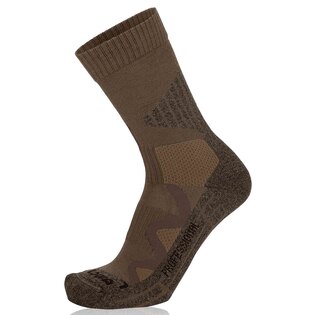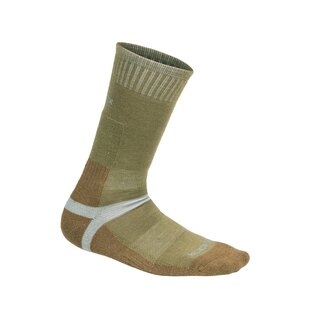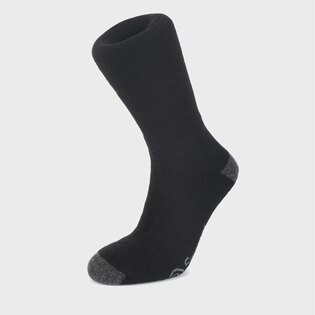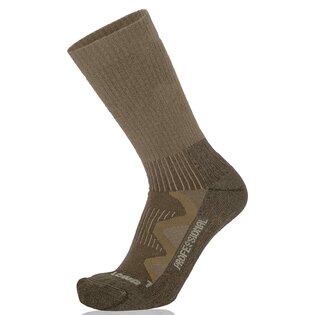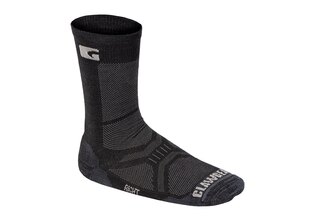Unlike three-season socks, winter socks should fulfill one additional function – they should keep you warm even in more extreme temperatures. Provided, of course, that we combine them with the right boots. What else should winter socks be like?
When it comes to winter socks, we mainly mean outdoor socks. And such socks should above all be more durable than the classic socks that we put on in the city. Naturally, you can also use the socks purchased from us for everyday wear. However, on the other hand, we would not recommend winter socks designed specifically for everyday wear for outdoor wear. Let's see why.
The material is essential
As with outdoor socks intended for other seasons (or three-season ones), the material, or composition of materials, is also important for winter socks. The uncrowned king among natural materials is once again merino wool, which is wool obtained from a special breed of sheep that has unique properties. These include, for example, the fact that merino wool can keep you warm even when it is wet, which is relatively difficult to imitate even with the advanced development of synthetic materials.
Merino wool, like other materials used to make socks, should naturally be in more quantity in winter socks than in others. For extreme temperatures, you need an increased layer of insulation. This also applies to artificial materials, which include, for example, polyester, which can be well combined with cotton or different synthetic materials.
We generally do not recommend cotton as a separate material for socks, and certainly not for winter socks. Cotton absorbs moisture, but does not let it out. Therefore, it is more suitable for a combination with, for example, polyester, when the cotton admixture ensures greater comfort for the wearer. The admixture of nylon can ensure a higher strength of the socks, and finally a small part of elastane increases the elasticity of the socks and thanks to it, for example, there is no self-folding down of the socks, which can be quite unpleasant in the field.
Other properties
In addition to the material used, other properties are also important for winter socks. And these are, for example, reinforced heel and toe. It is precisely in these places that the socks are stressed the most, and this is where wear and tear most often occurs. The increased lifespan of the socks thanks to the reinforced material also means higher sustainability. High durability and quality are important factors especially for outdoor socks, which we have to rely on sometimes even in extreme situations. Which can happen relatively quickly, especially in winter.
n addition to the admixtures mentioned above, some socks are supplemented with silver, which brings with it improved antibacterial properties of the socks. Merino wool is excellent at resisting microorganisms on its own, but synthetic materials sometimes need a little help in this regard. And last but not least, you can also choose special compression socks with us, which are higher than the classic ones and will help reduce leg muscle fatigue during long hikes through challenging terrain.





















































































































